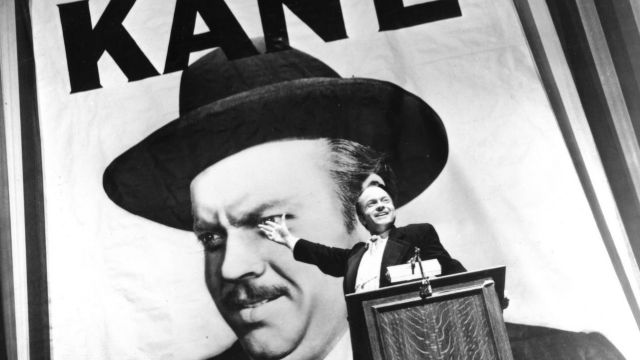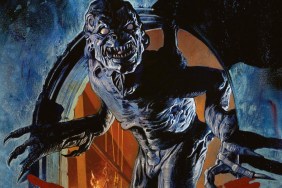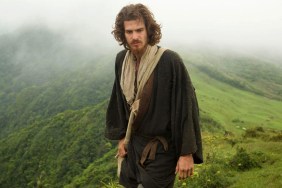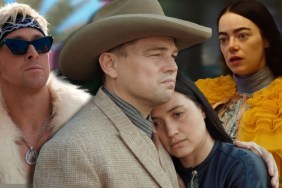ComingSoon.net isn’t going to hide the truth like these other movies: these are the absolute greatest film à clefs. Check out our picks in the gallery below!
RELATED: The 5 Best Movie Kisses
Everyone knows the difference between fiction and nonfiction films. Additionally, most fiction films that come from true stories let the viewer know so—either they say “Based on a True Story” as the opening credits roll, or the audience is expected to recognize the factionalized events on-screen. Still, there’s another form of fiction filmmaking that might not be as well-known: film à clefs, or films that tell stories that actually happen but disguise them under a layer of fiction—in other words, the events actually happened but the names, locations and even some other important details like time period have been changed.
You might be surprised to find that plenty of film history’s most notable films are, in fact, film à clefs. Across dramas, comedies, and westerns, this style of storytelling has proved to be incredibly effective. With dates ranging from 1932 to the 21st century, these are the absolute greatest true stories veiled by a fictional facade.
RELATED: Six 20th Century Films Set In The 2010’s
Which of these true stories hidden behind fiction is your favorite? Let us know in the comments below!
film a clefs
-
8 1/2 (1963)
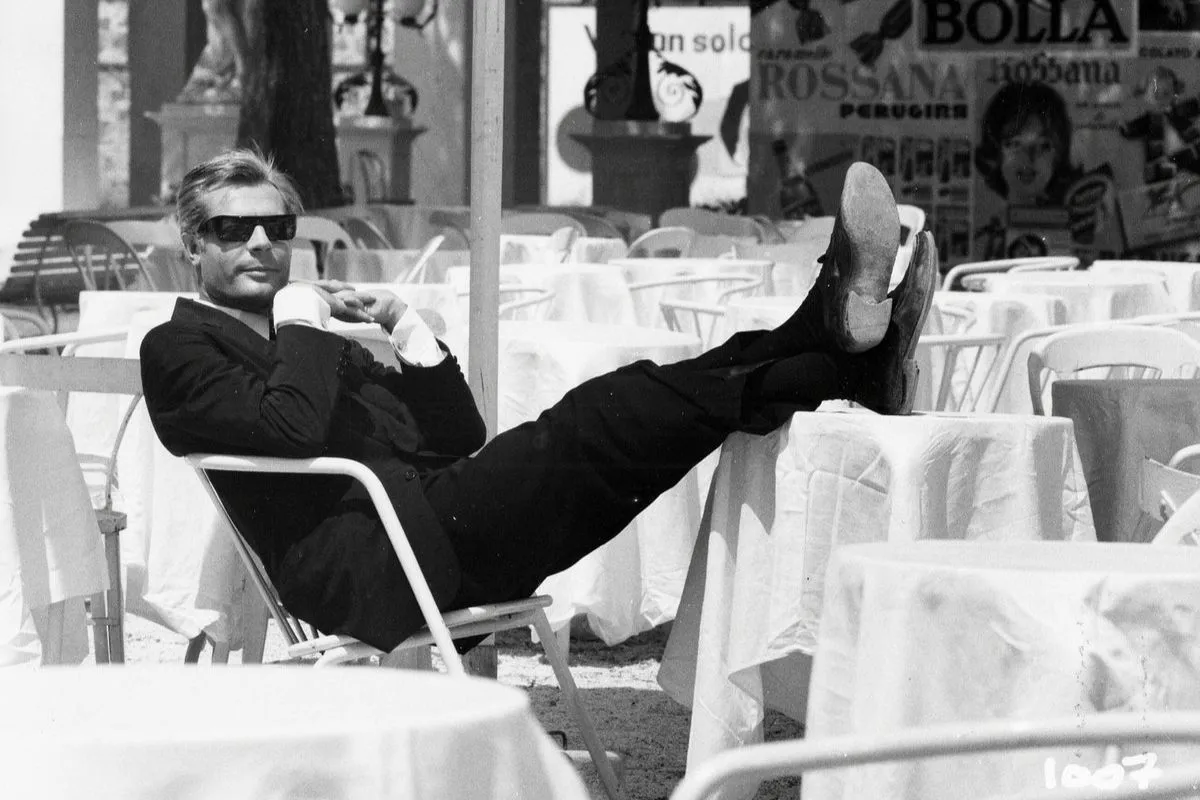
Federico Fellini’s most recognizable film, 8 1/2 tells the story of a troubled director struggling to come up with enough material for his latest film—a very ambitious science fiction film that has his entire cast and crew confounded. Fellini includes all kinds of great visuals, inspiring generations of filmmakers to come.
-
A Star Is Born (1937)
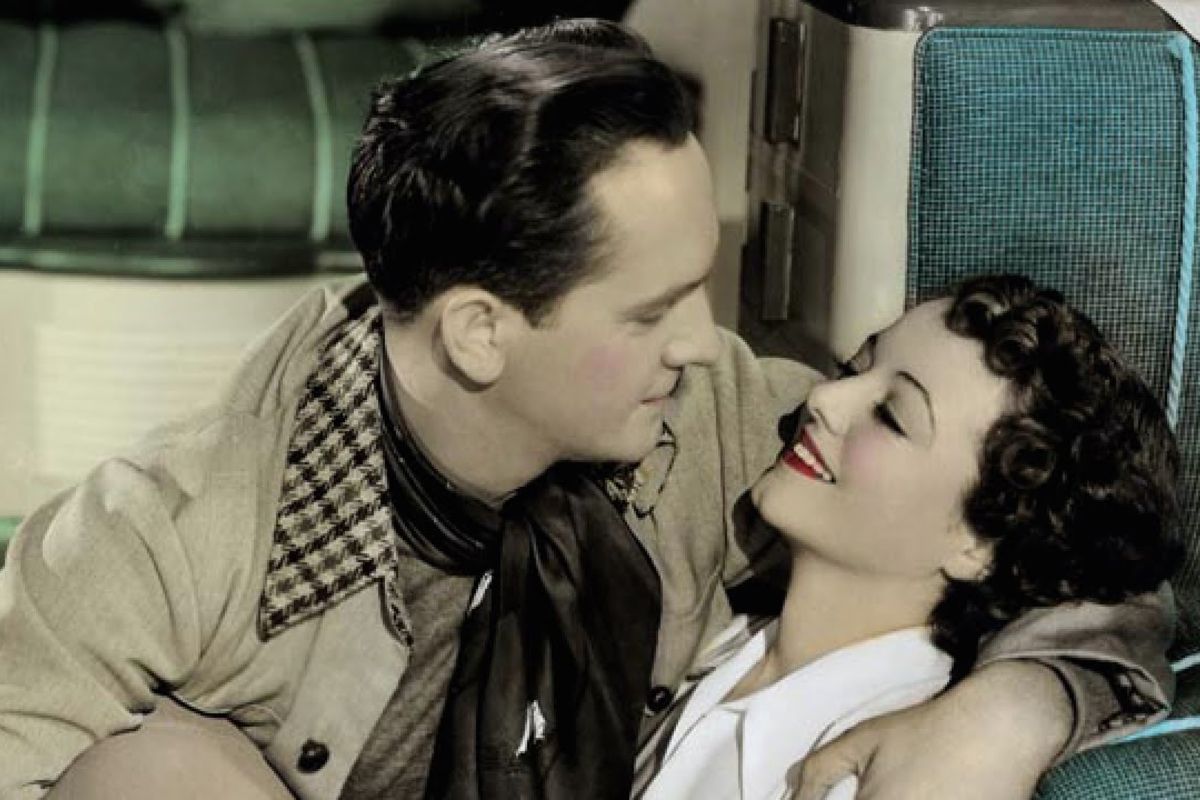
Despite being remade and remade into oblivion, A Star Is Born initially told the story of a veteran actor and an up-and-comer instead of a famous singer and an aspiring artist. It’s widely accepted as fact that the film is ripped from the life of Barbara Stanwyck and Frank Fay.
-
Adaptation. (2002)
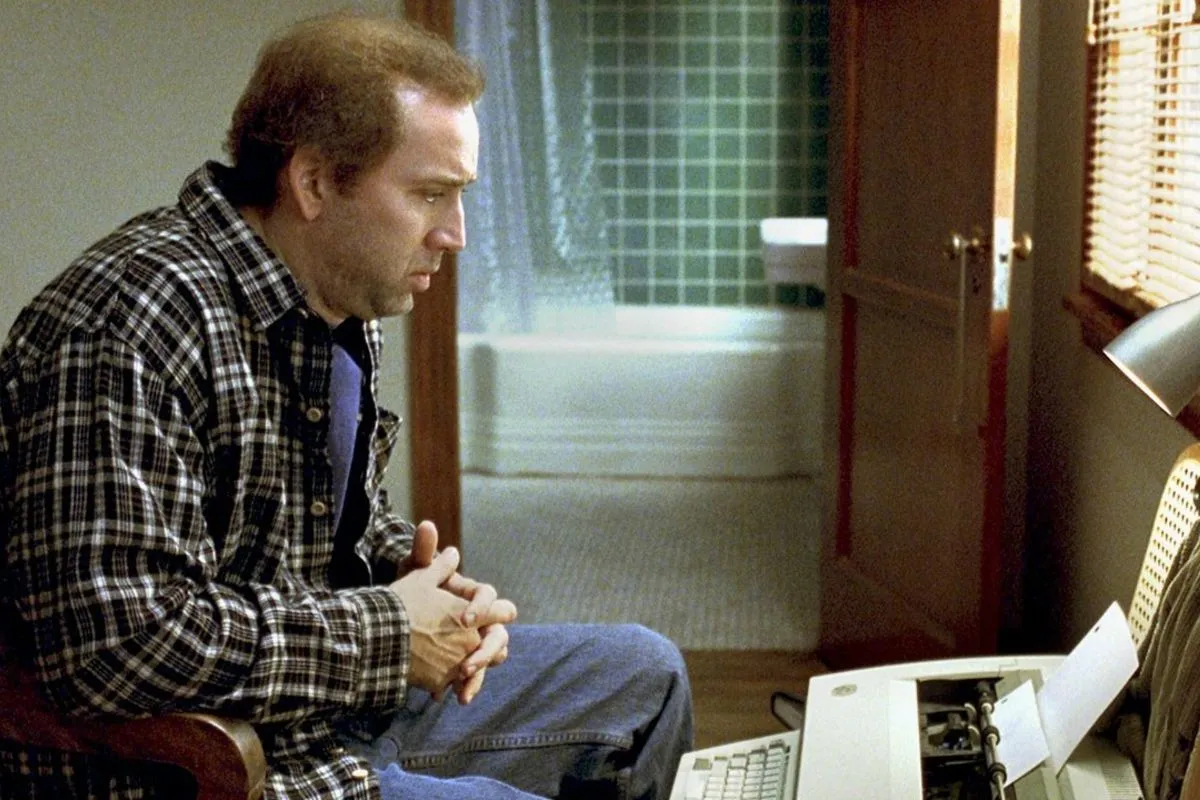
Writer Charlie Kaufman never misses an opportunity to bring in a metafictional element to his scripts. Adaptation. is the most obvious example of this, telling the story of a screenwriter named Charlie Kaufman as he tries to adapt a nonfiction book about flowers into a thrilling Hollywood feature. Through creating a fictional twin brother, Kaufman manages to do just that (both in real life and on-screen).
-
All About Eve (1950)
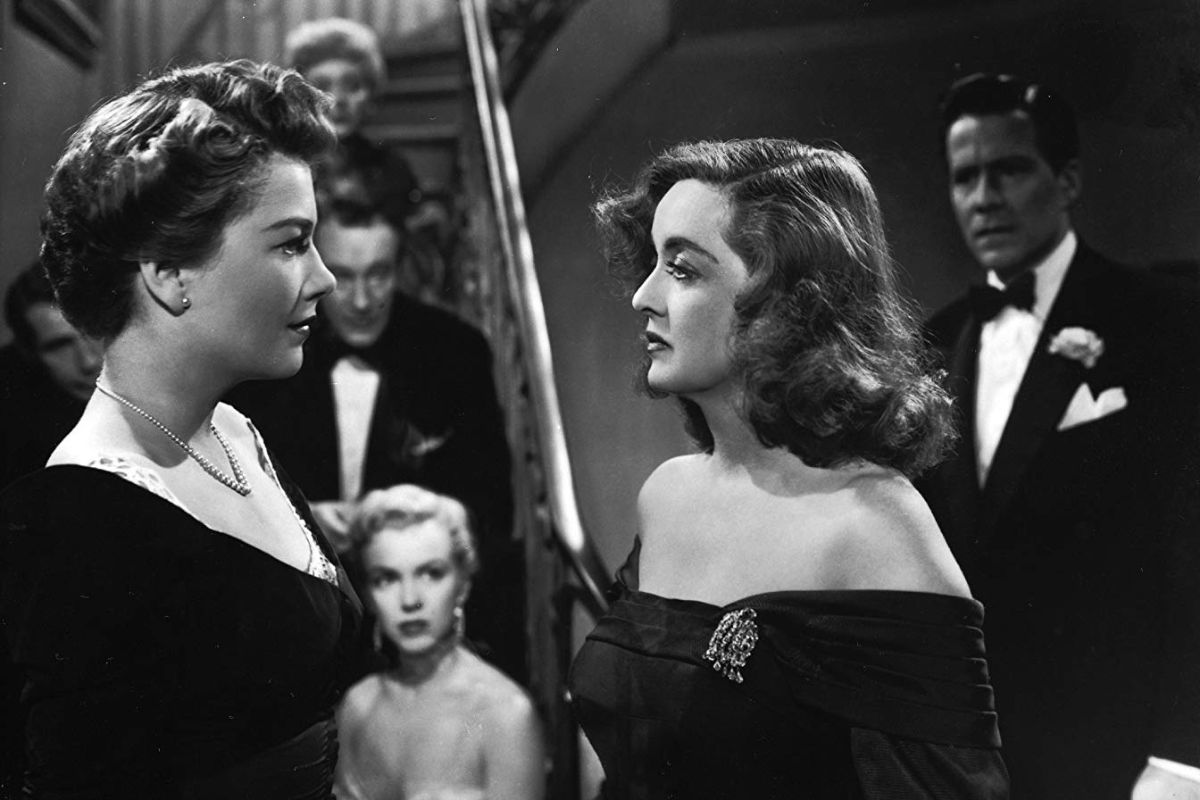
Joseph J. Mankiewicz, like Fellini did for Italian film, is responsible for some of the mid-20th century’s most notable features. All About Eve, his story of a Hollywood actress’s rise to fame, actually has truth to it—probably explains why it all seems so believable. There’s no doubt it happens all the time.
-
Casino (1995)
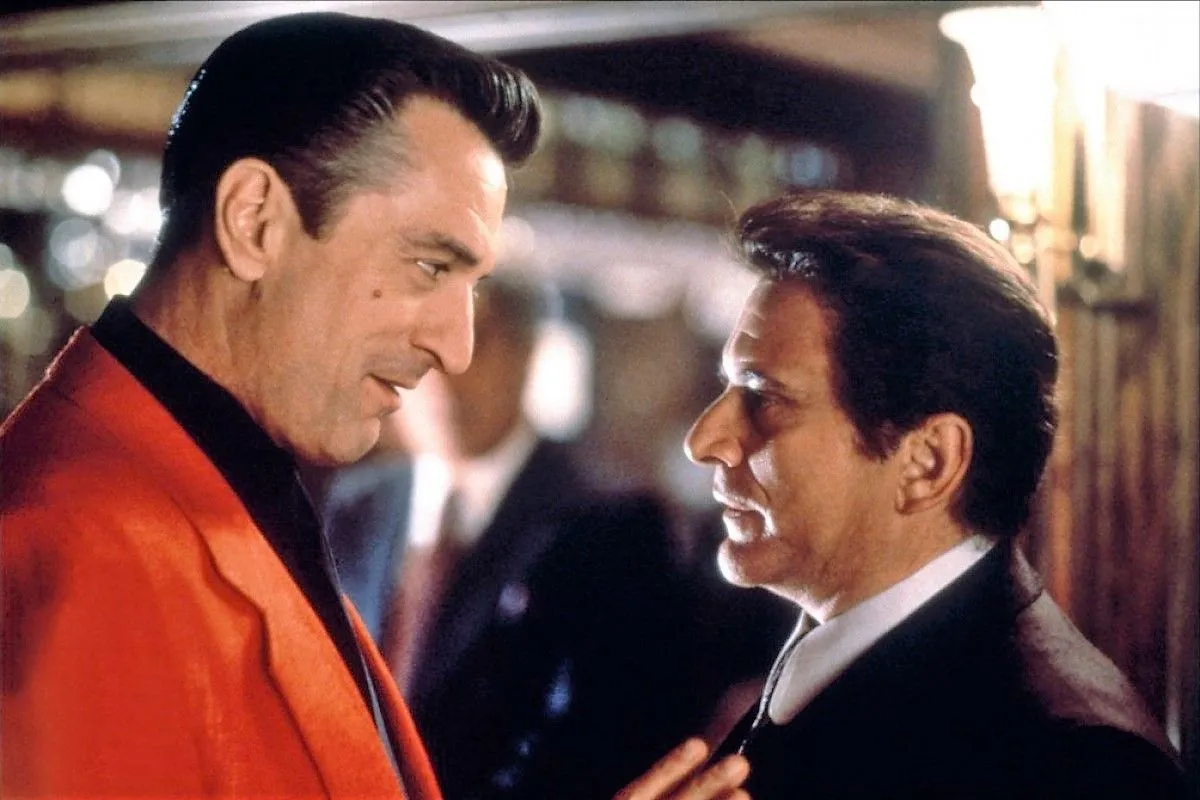
In the same vein as Scarface, Casino is a true story about real mobsters disguised by fictional names and locations. Martin Scorsese has proven time and time again to be the master of the heist film, but it definitely helps to rely on the framework of true events.
-
Citizen Kane (1941)
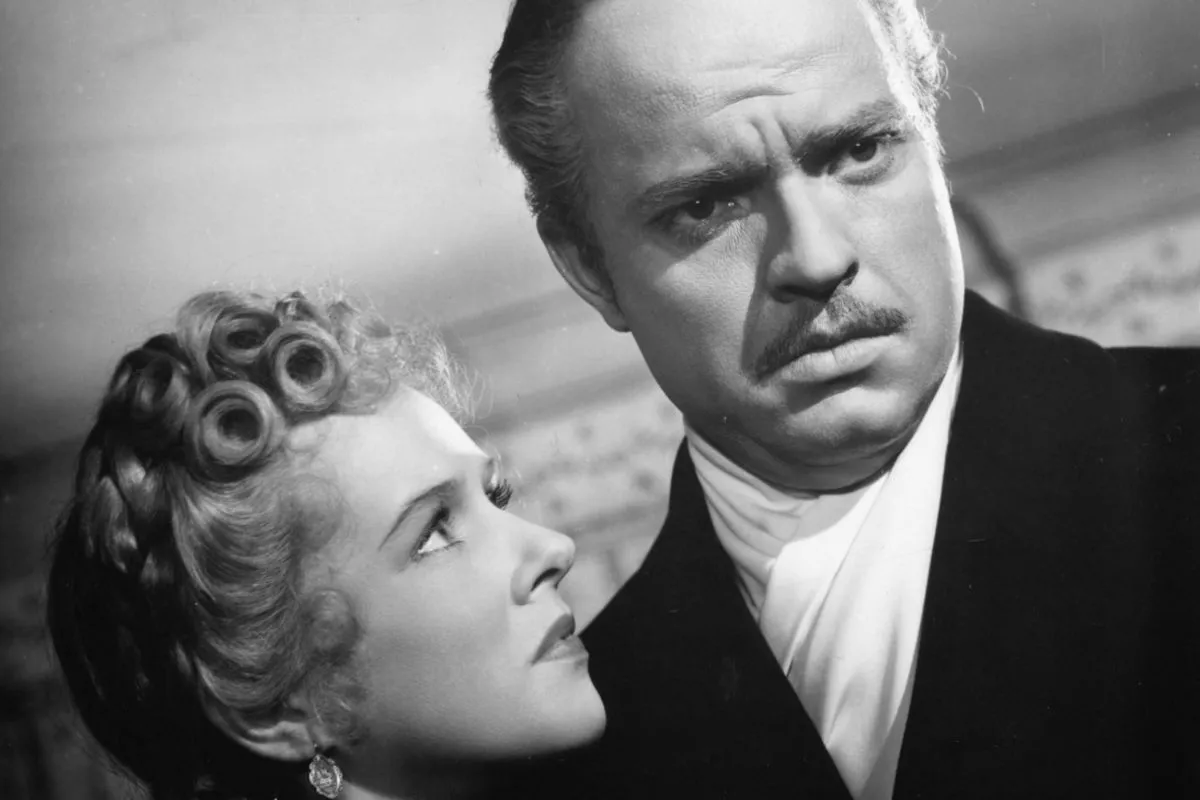
Probably the most revered film of all time among certain film critics, Orson Welles’s debut feature Citizen Kane is made all the better by the fact that it’s. based on actual events with the names changed. The film is revolutionary, the story is incredible, and Welles weren’t down in history for it.
-
Network (1976)
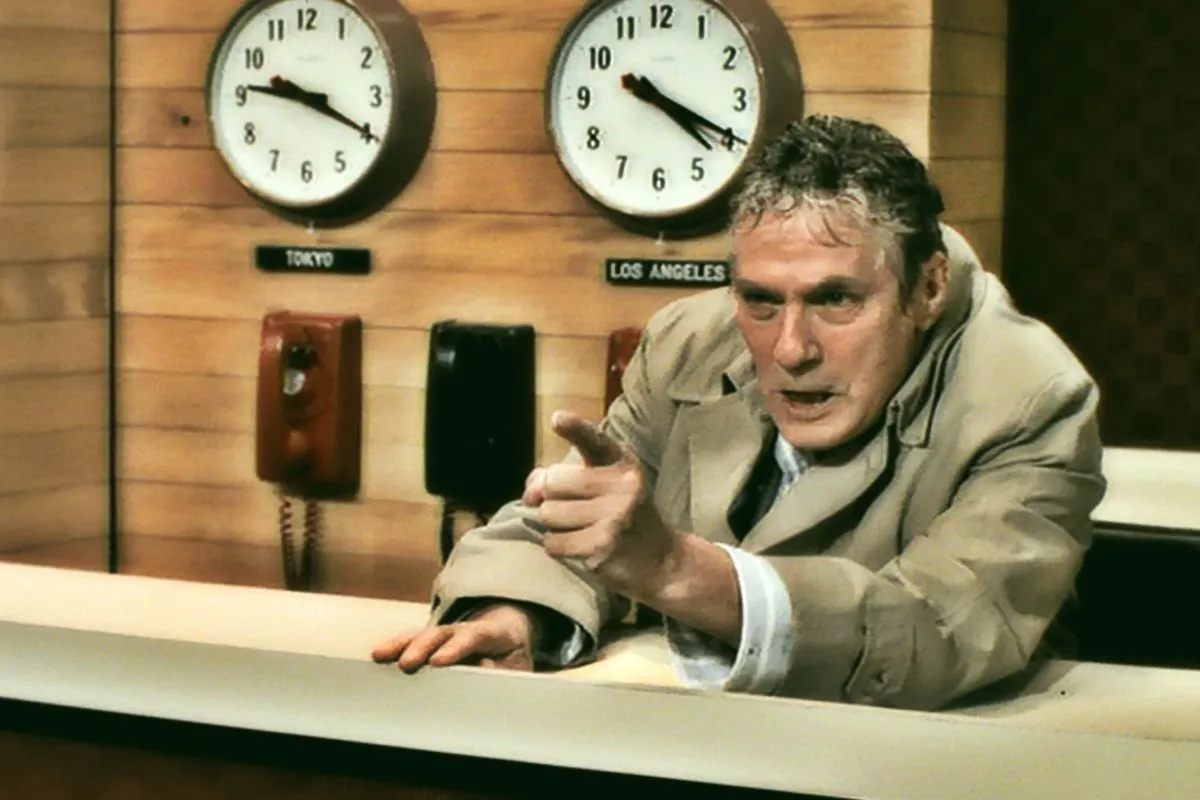
Still a relevant movie even after all these decades, it’s actually surprising to find that Network is a film à clef. The real story is equally as disturbing—the death of Christine Chubbuck still haunts network news over 45 years later—but Network turns up the satire in order to skewer the vane nature of broadcasting.
-
Scarface (1932)
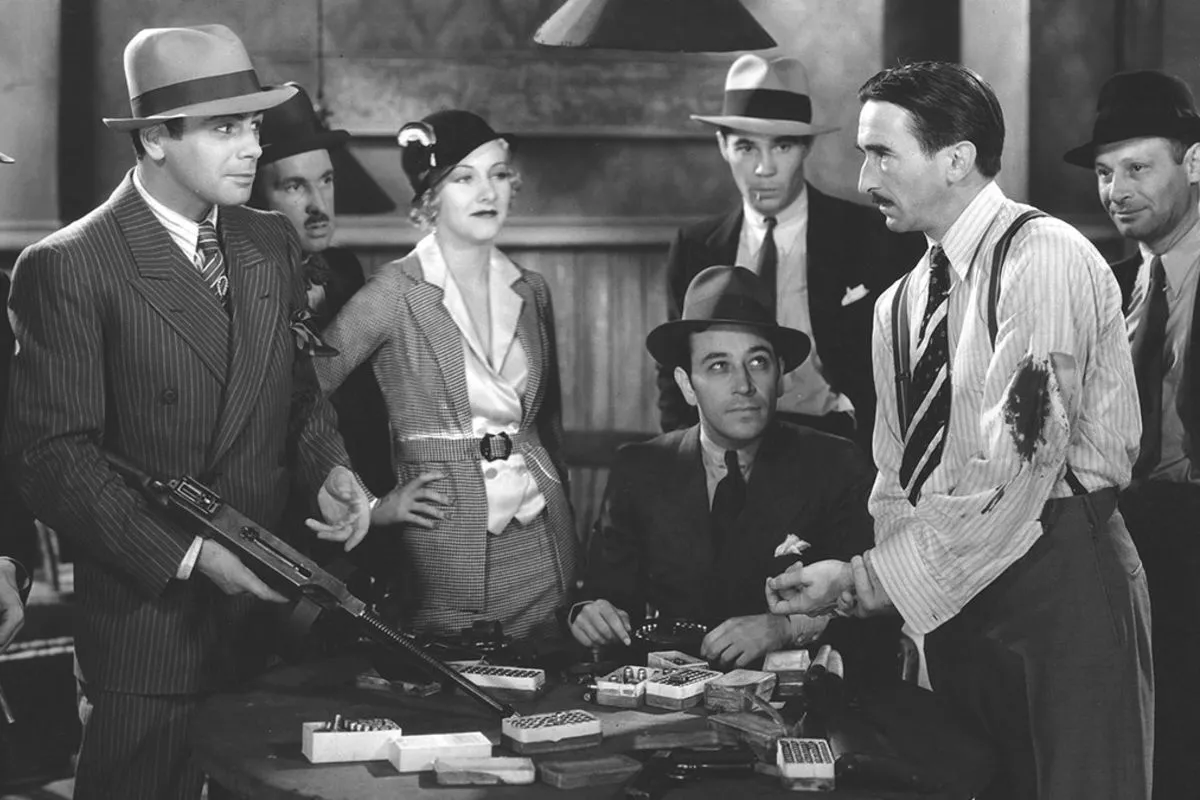
Not really a biopic, but close enough, Scarface leans heavily on the life and death of Al Capone. Both Howard Hawks’s version and Brian De Palma’s versions are notable, but this 1932 take is especially film à clef-y.
-
Sunset Boulevard (1950)
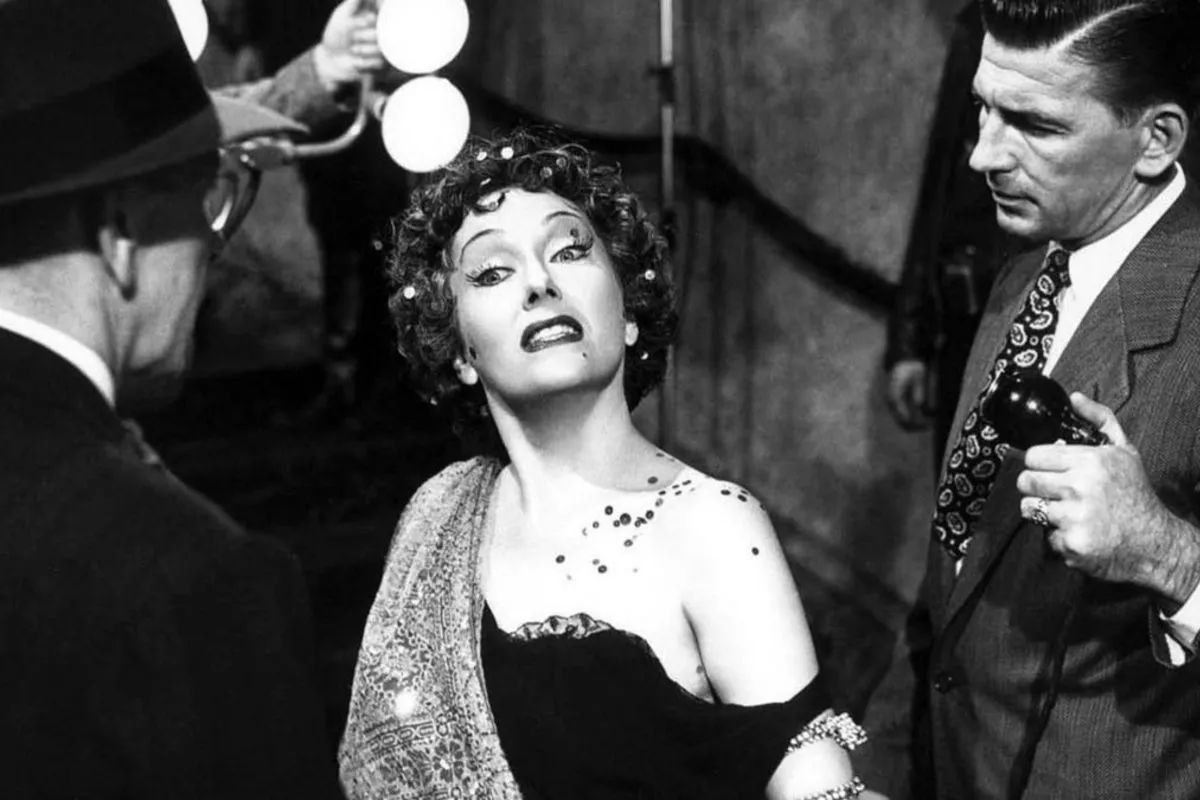
When Hollywood transitioned from silent films to talkies, a lot of actors and plenty of filmmakers lost their jobs because they couldn’t deal with the switch. The film’s leading lady, Norma Desmond, is a blend of Mary Pickford, Mae Murray, and Clara Bow.
-
The Shootist (1976)
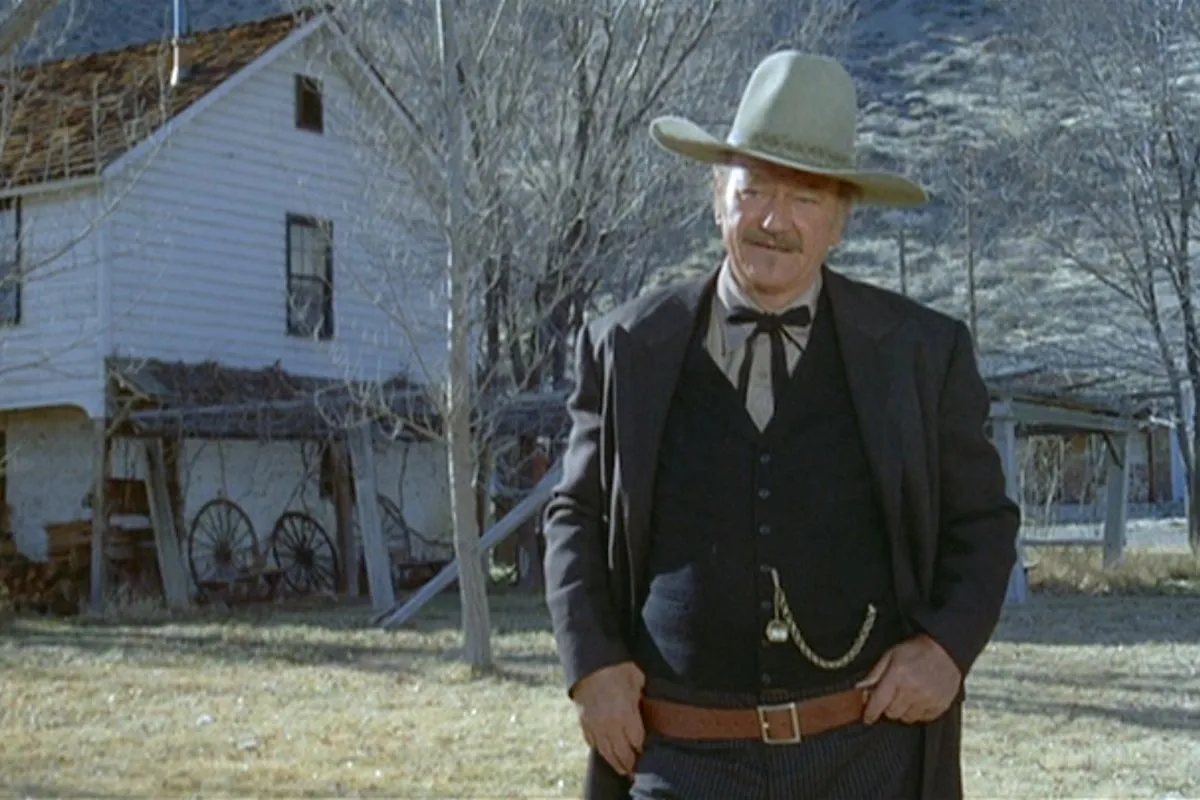
Unlike most of these other films, The Shootist is a film à clef because of the parallels it draws a between its main character and its lead actor—John Wayne, the last remaining cowboy from the old westerns of the mid-20th century, plays a cowboy in a similar situation at the start of the 1900s. It’s also the actor’s last film, so it’s incredibly touching.
